Universal Recording Corporation, Chicago. EMI master types were sent to Universal Recording Corporation for mastering, a process that involves the cutting of lacquer discs. The recording engineer who cut the lacquer hand etched his initials “RA” into the trail off area of the discs, along with each song’s master number. Subsequently another difference appearing in the trail off areas of the other variation is that the initials “URJ” appear instead of “RA“. Apparently, these discs were mastered by an individual whose initials “URJ“. His hand-etched initials are found in the trail off areas of many Vee-Jay singles pressed in 1964.
Audio Matrix Inc, Bronx, New York. The lacquers were sent to Audio Matrix Inc. to prepare the metal parts necessary to manufacture the records. These metal parts included masters, mothers and the actual stampers used to press the records. Metal parts produced by Audio Matrix have the company’s logo machine stamped into their trail off areas, which transfers to the finished record. The sharpness of the logo varies among individual records. This is due to the image on the stamper wearing down from excessive use. On some discs the words “Audio Matrix” are clearly visible while on others all that remains is what appears to be a series of dots. Job numbers of Monarch Records. The discs manufactured by Monarch Records contain a hand etched job number preceded by a triangle symbol.
Symbols of manufacturers:
The primary pressing plants used by Vee-Jay were:
1. ARP – The American Record Pressing Co, Owosso, Michigan.
2. MR – Monarch Record, Los Angeles, California.
3. no – Southern Plastics, Nashville, Tennessee.
4. T1 – Columbia Records, Terre Houte, Indiana or Bridgeport.
5. no symbols – Silver Plastics, Southampton, Pennsylvania (1964, VJ 581 with black label & silver brackets logo and TOLLIE 9001 with yellow label & boxed logo, only)
Master numbers of Universal Recording Corporation and job numbers of Monarch Records:
VJ 498 A: Please Please Me – master number 63-2967, job number 46527
VJ 498 B: Ask me Why – master number 63-2968, job number 46527-X
VJ 522 A: From Me To You – master number 63-3218, job number 47843
VJ 522 B: Thank You Girl – master number 63-3219, job number 47843-X
VJ 581 A: Please Please Me – master number 63-2967, job number 46527
VJ 581 B: From Me To You – master number 63-3218, job number 47843
TOLLIE 9001 A: Twist And Shout – master number 63-3194, job number 51071-X
TOLLIE 9001 B: There’s A Place – master number 63-3193, job number 51071
VJ 587 A: Do You Want To Know A Secret – master number 63-3191, job number 51070
VJ 587 B: Thank You Girl – master number 63-3219, job number 47843-X (rather 51771)
VJEP 1-903 A: Misery / Taste Of Honey – master number 64-3915, job number 51772
VJEP 1-903 B: Ask Me Why / Anna – master number 64-3916, job number 51772 (as Side A)
TOLLIE 9008 A: Love Me Do – master number 63-3188, job number 51068-X
TOLLIE 9008 B: P.S. I Love You – master number 63-3189, job number 51069

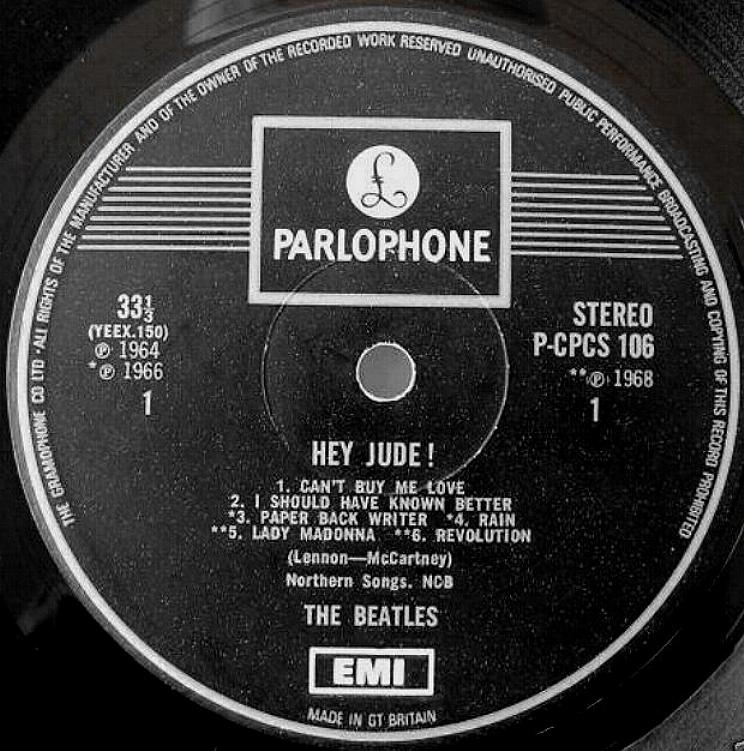
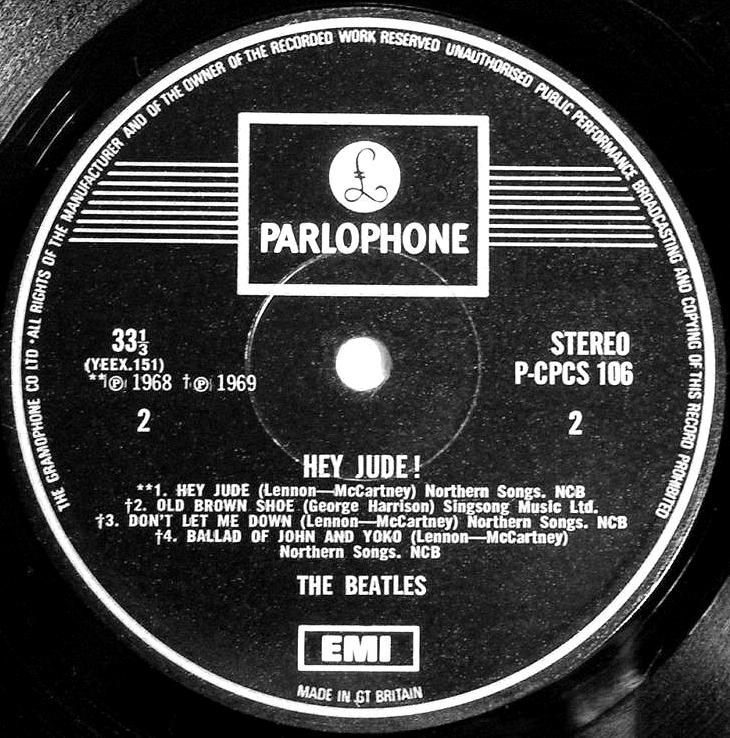
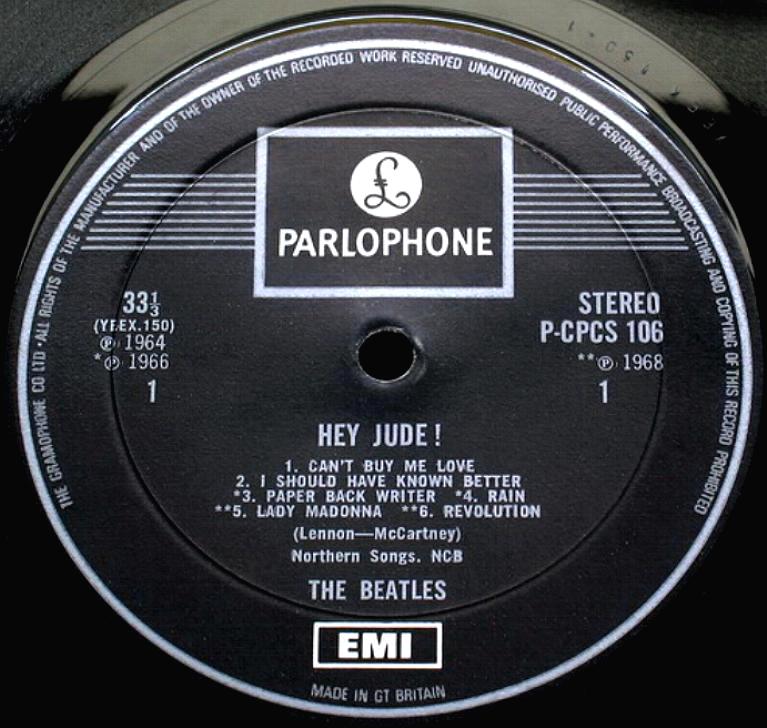
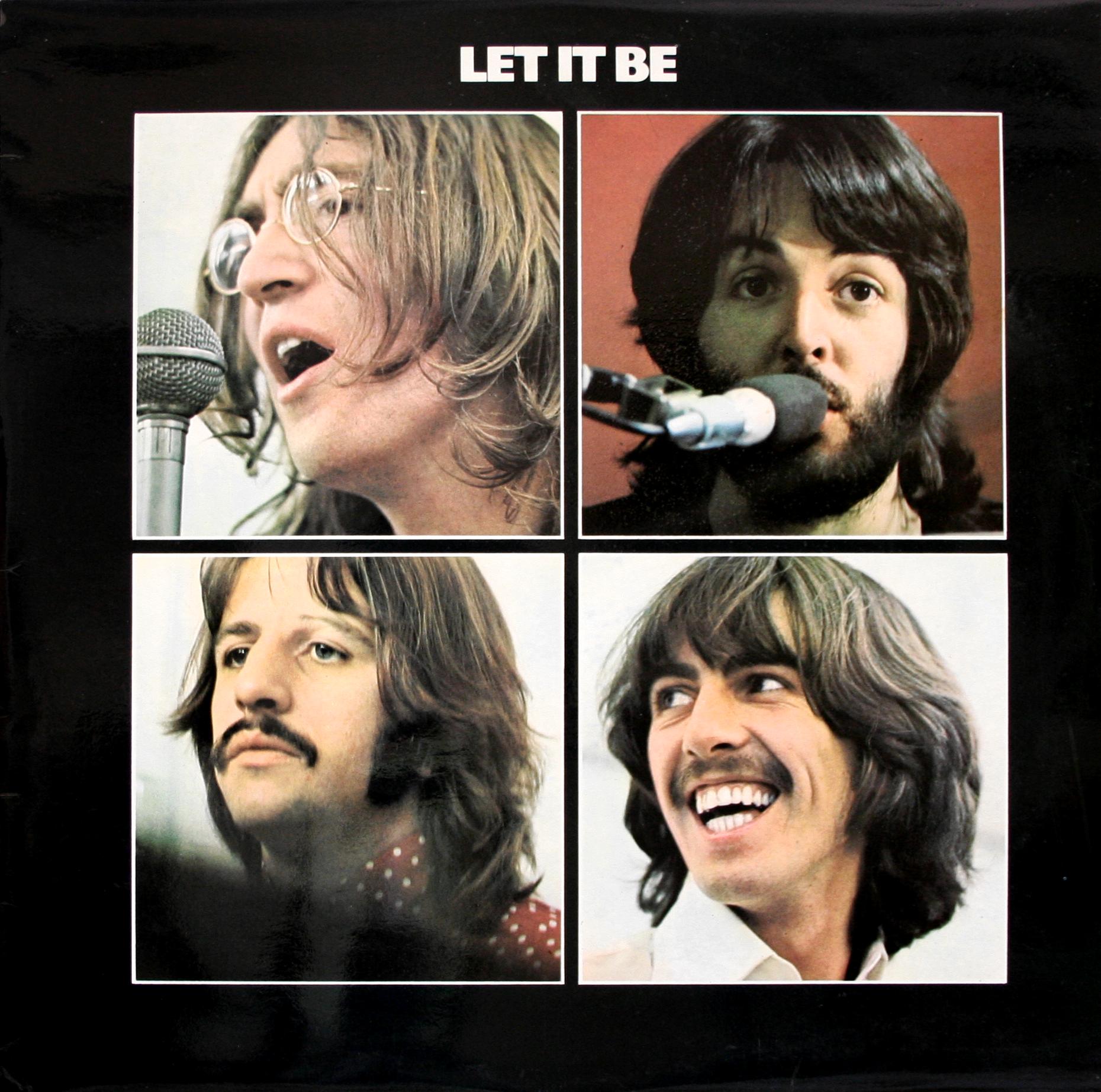

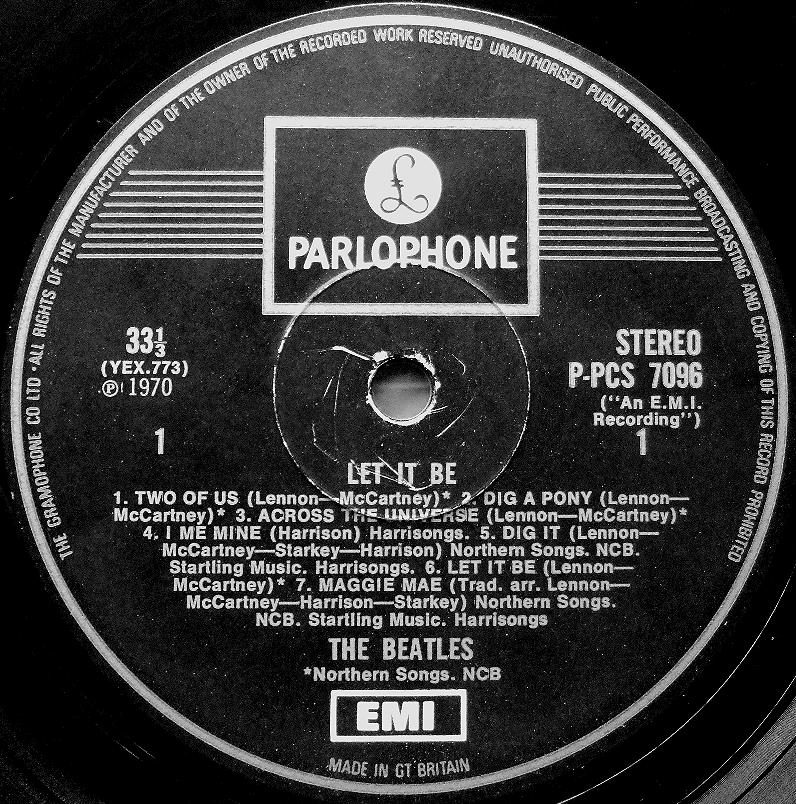
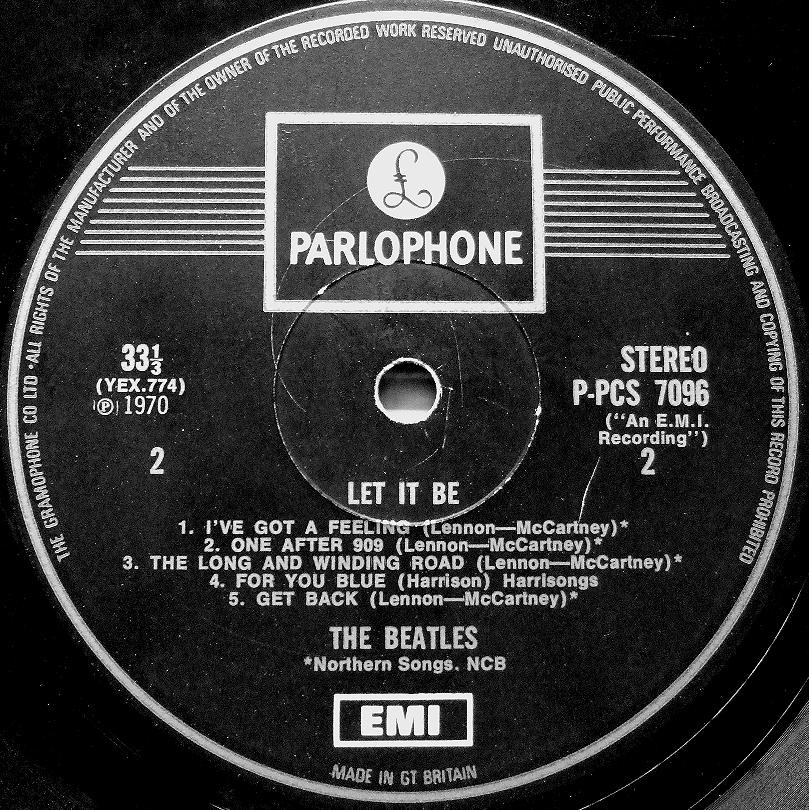
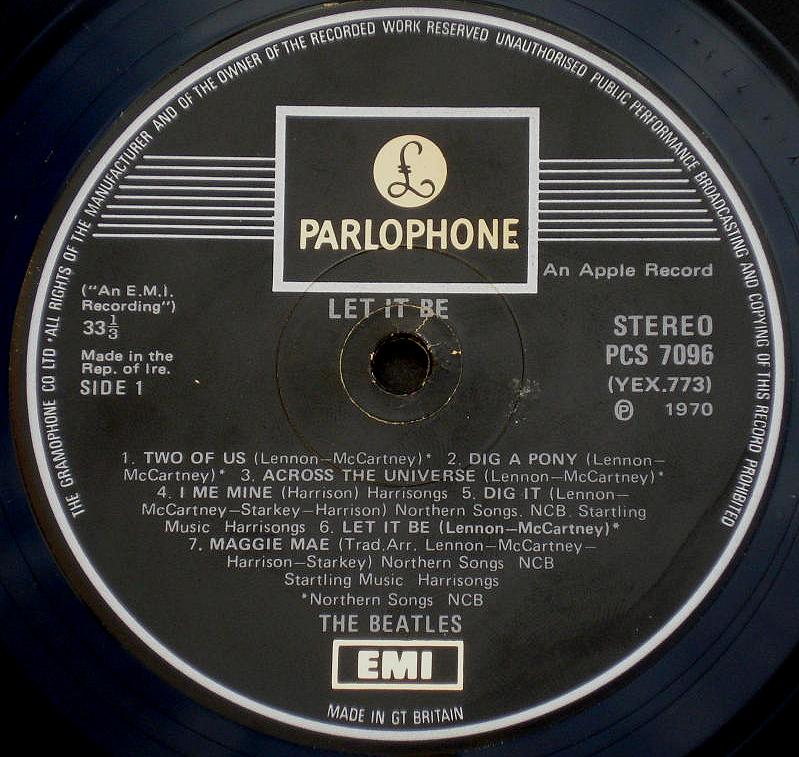
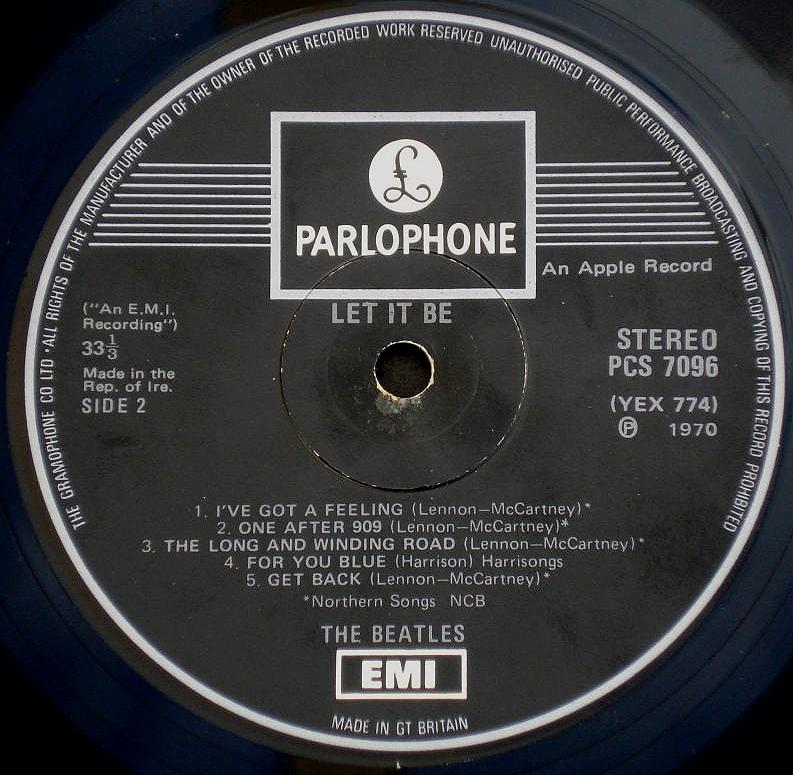


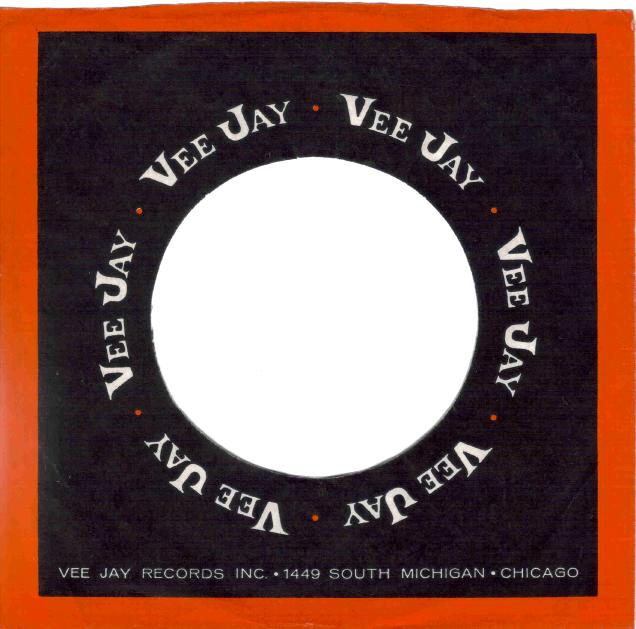
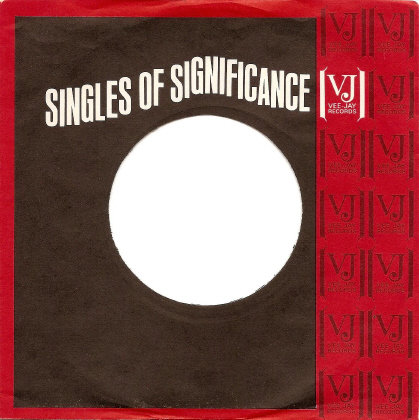

 RDF URL
RDF URL